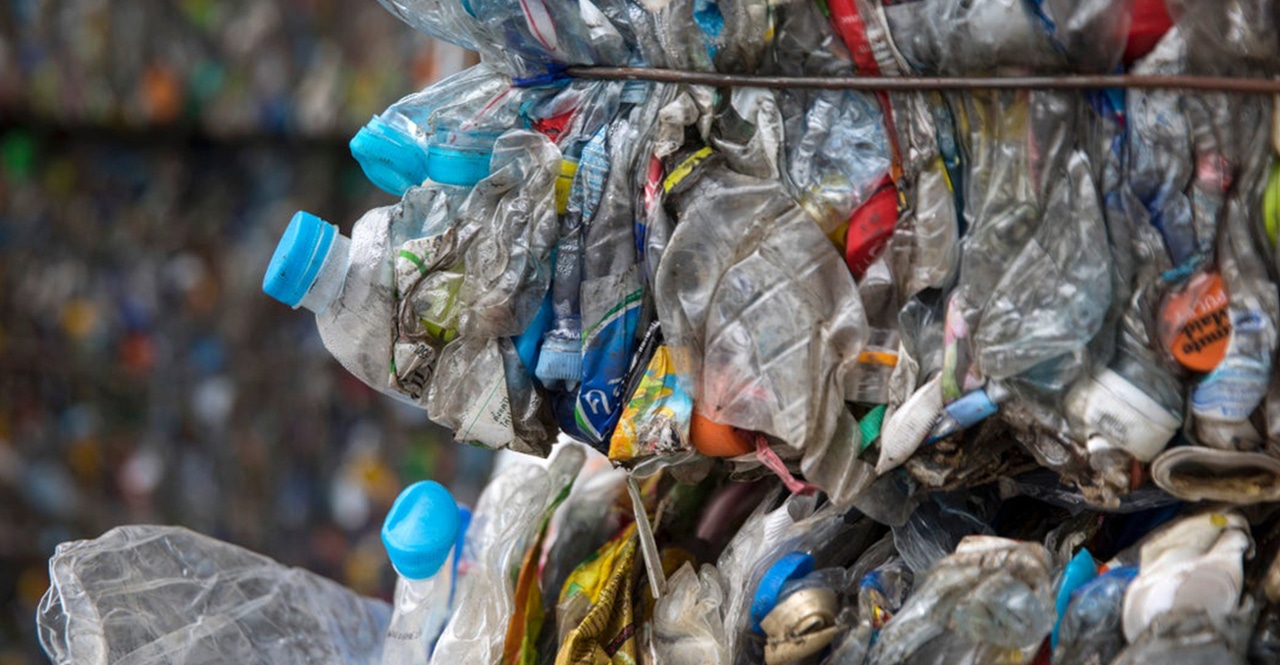The Essential Role of Proper Fluid Waste Elimination Strategies in Waste Administration
In the world of waste administration, the relevance of utilizing suitable liquid waste removal approaches can not be overemphasized. The detailed internet of interconnected environmental, health, and safety and security factors to consider rests on the efficient management of fluid waste. From guarding our ecological communities against contamination to upholding public wellness criteria, the appropriate disposal of liquid waste plays a critical role in keeping a healthy and balanced and lasting atmosphere. This pivotal duty expands beyond simple waste elimination, impacting a multitude of markets and aspects of our day-to-days live. It is within this framework that the implementation of audio liquid waste elimination techniques stands as a keystone of responsible waste monitoring practices.
Importance of Correct Fluid Waste Removal
Why is appropriate fluid waste elimination critical in keeping ecological and public health standards? Proper liquid waste removal is important for protecting the atmosphere and promoting public wellness criteria.
Ecological Advantages of Effective Techniques
Implementing reliable fluid waste removal techniques not just safeguards the atmosphere but also plays a critical duty in preserving public health criteria. Improper disposal of liquid waste can lead to toxins leaking right into the soil and at some point reaching groundwater reservoirs, affecting both human health and wellness and environments.
Additionally, reliable liquid waste elimination techniques assist mitigate the threat of waterborne diseases. By making certain that damaging materials are not released right into water bodies, the spread of diseases brought on by infected water can be reduced. In addition, appropriate waste monitoring practices add to the preservation of aquatic life. Harmful chemicals in fluid waste can have harmful results on marine and fresh water organisms, interrupting ecosystems and biodiversity.
Wellness Implications of Inadequate Elimination
The detrimental wellness ramifications connected with insufficient fluid waste elimination highlight the essential relevance of proper disposal methods and effective management techniques. Inappropriate elimination of fluid waste can bring about the contamination of water resources, posturing significant wellness threats to both human beings and wild animals. When fluid waste consisting of damaging chemicals, microorganisms, or other pollutants is not properly removed and treated, it can permeate right into groundwater, rivers, and seas, jeopardizing the high quality of drinking water and aquatic ecosystems.
Direct exposure to infected water because of insufficient liquid waste elimination can cause numerous illness, including stomach ailments, skin infections, respiratory system problems, and a lot more extreme problems such as organ damage or neurological conditions. Additionally, the release of unattended fluid waste into the setting can add to the spread of waterborne illness, producing public health situations that need significant sources to resolve.
As a result, executing proper fluid waste elimination strategies is vital to protecting public wellness and protecting the integrity of communities. Reclaim Waste liquid waste removal. By prioritizing reliable waste administration practices, we can minimize the health and wellness threats associated with insufficient liquid waste removal and promote a much healthier environment for all
Function in Preventing Water Contamination
Effective fluid waste removal strategies play a vital role in protecting against water contamination and protecting public health. Incorrect disposal of liquid waste, such as without treatment sewage or commercial effluents, can lead to the contamination of water resources, posing severe risks to human wellness and the environment. When fluid waste is not sufficiently removed and dealt with, harmful compounds can permeate into groundwater, rivers, and seas, contaminating alcohol consumption water supplies and marine environments.
Contaminated water can bring a series of pollutants, here including virus, heavy steels, and chemicals, that have the potential to cause waterborne illness, ecological damage, and lasting wellness effects in people and wild animals. Correct liquid waste removal methods, such as wastewater therapy plants, septic systems, and industrial effluent treatment centers, are essential for eliminating or counteracting hazardous impurities before they can get in water bodies.
Making Sure Safe Disposal Practices
Guaranteeing appropriate disposal methods for fluid waste is essential to secure water resources and public health and wellness from contamination threats. Proper control and storage of liquid waste are important to protect against leaks or spills that can seep into the soil and contaminate groundwater resources.

Final Thought
Finally, proper fluid waste elimination methods play a critical duty in waste monitoring by stopping environmental contamination and protecting public health. Reliable elimination techniques guarantee the risk-free disposal of liquid waste, minimizing the adverse influence on environments and water resources. It is critical for sectors and individuals to embrace responsible methods to reduce the damaging impacts of improper liquid garbage disposal.
In the world of waste administration, the importance see here now of employing ideal fluid waste elimination techniques can not be overstated. It is within this structure that the execution of sound fluid waste removal strategies stands as a foundation of responsible waste management techniques.

Comments on “Professional Guidance on Reclaim Waste Liquid Waste Removal and Industrial Waste Water Treatment”